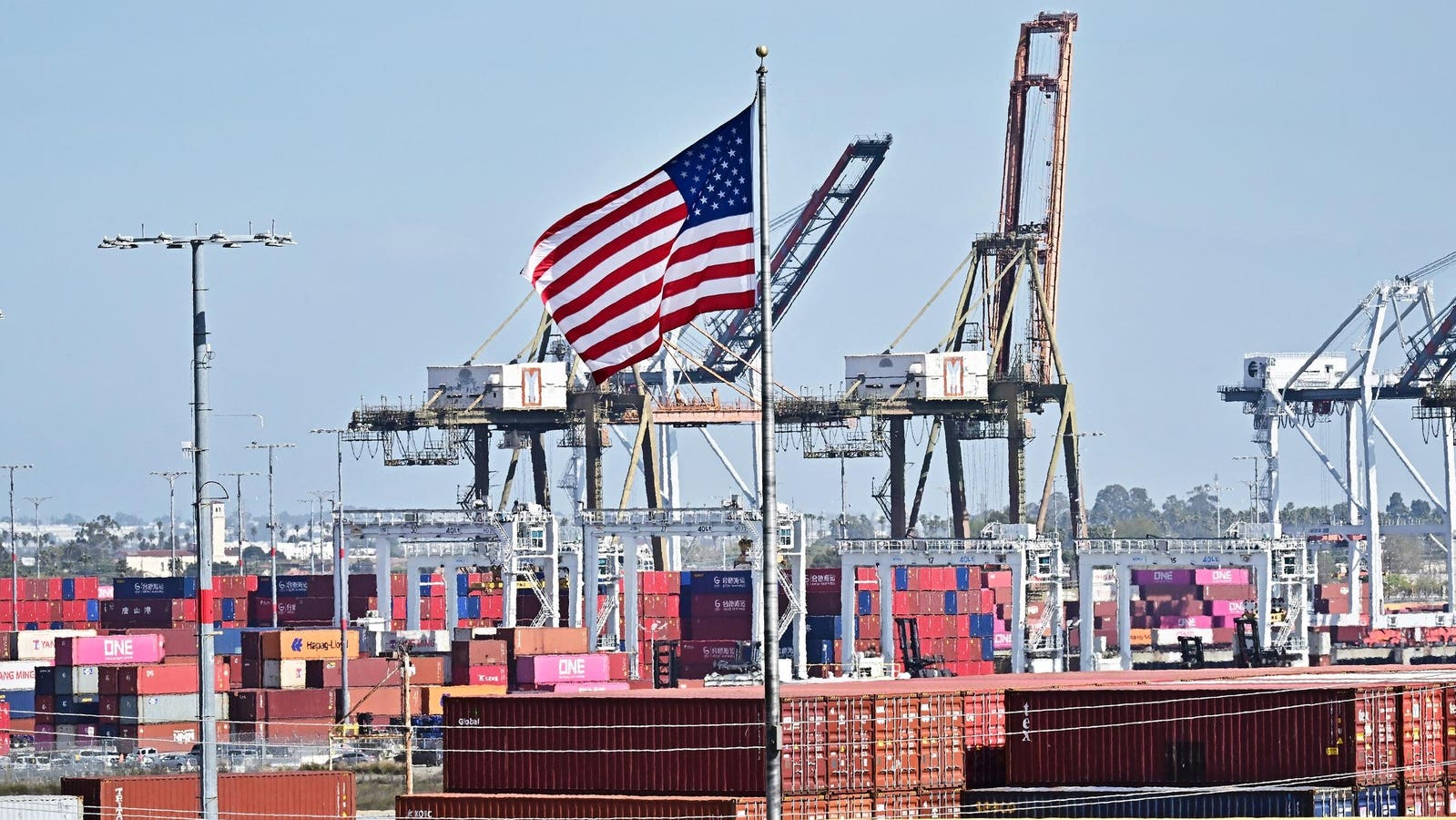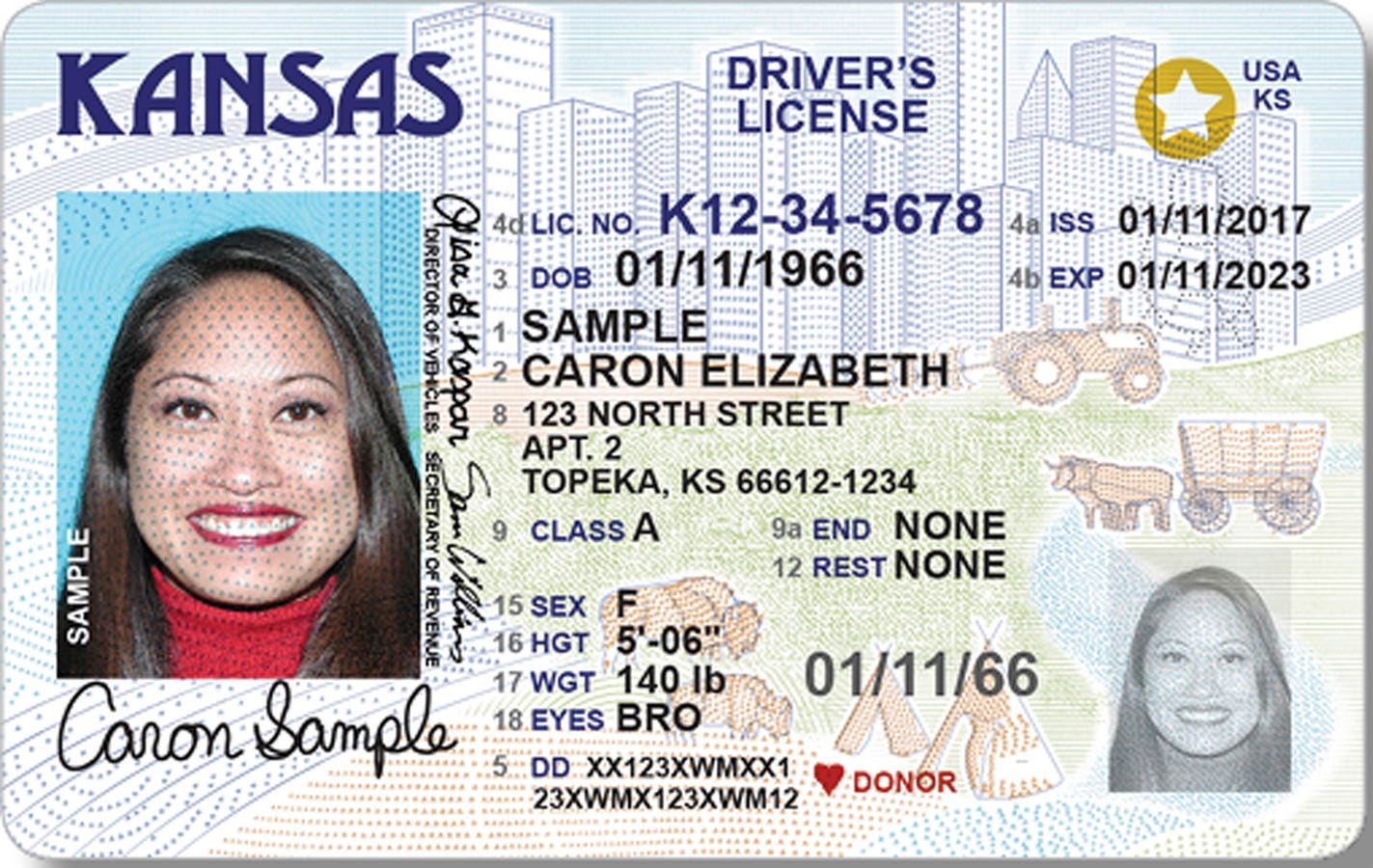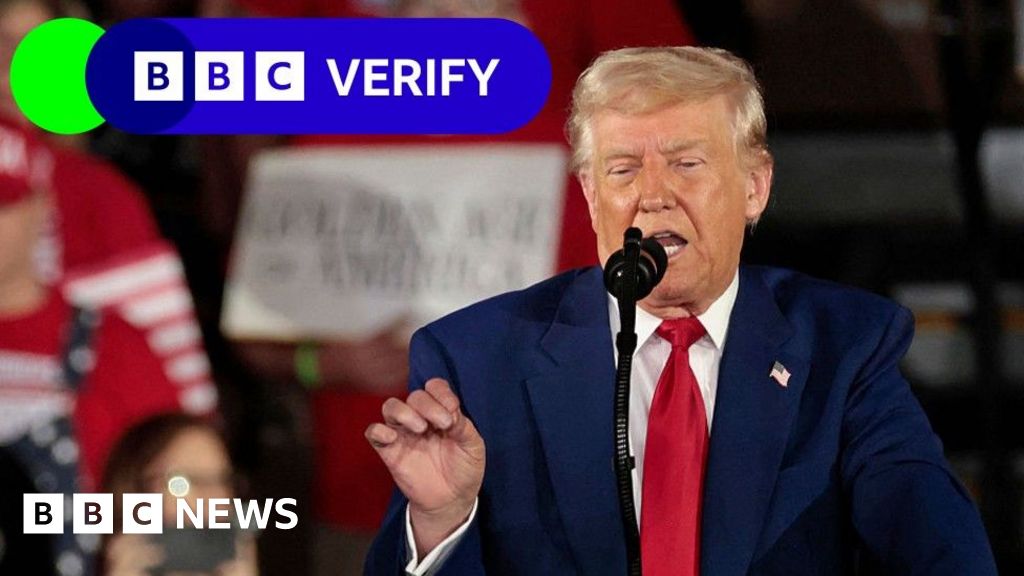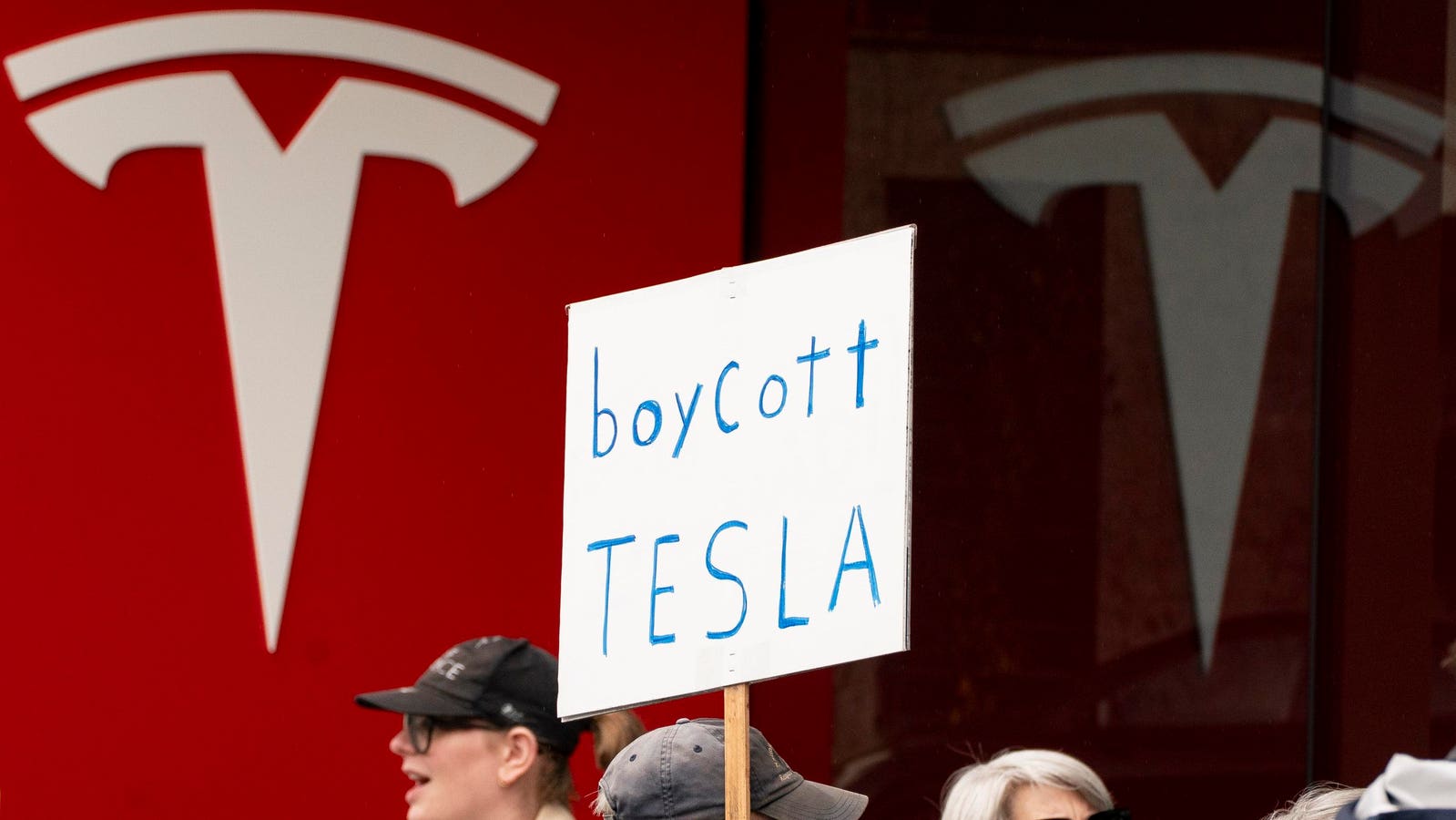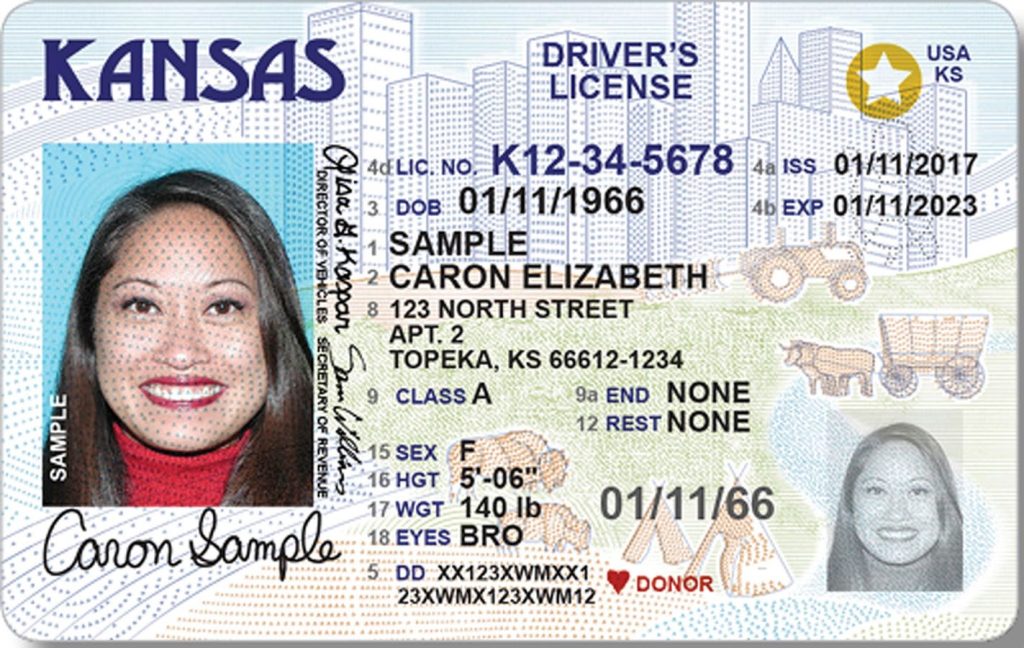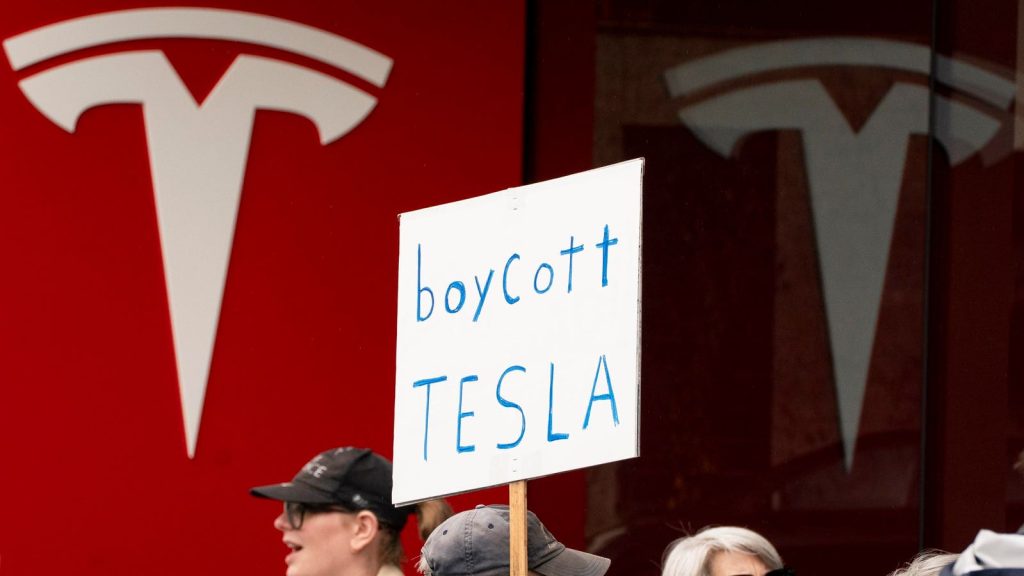Topline
As recession fears reverberate from Washington to Wall Street, Wednesday brought the most comprehensive yardstick yet of the health of the U.S. economy yet as the government released the first estimate of the country’s gross domestic product over the first three months of 2025.
Some measures tracking U.S. economic activity predict the U.S. economy actually shrank during the … More first three months of 2025. Pictured is the Port of Long Beach.
Key Facts
Real gross domestic product (GDP) grew -0.3% on a quarter-over-quarter, seasonally adjusted annual rate, according to the Bureau of Economic Analysis.
Consensus economist forecasts pegged last quarter’s real GDP growth at 0.4%, according to Dow Jones data, a stark decrease from the prior period’s 2.4% expansion.
Data from sources following underlying measures of economic activity suggested Wednesday’s GDP reading could be even worse than that; the Atlanta Federal Reserve’s GDPNow model called for -0.4% GDP during Q1 when excluding gold imports and exports, while Goldman Sachs’ tracker indicates a 0.2% contraction.
That is the weakest economic growth for the U.S. since 2022’s first quarter.
Surprising Fact
Negative GDP growth is rare for the U.S., occurring just three times over the last decade: 2020’s first two quarters as the COVID-19 pandemic ground the global economy to a halt, including a record 28% GDP contraction during the second quarter, and Q1 2022, when the Fed enacted its first interest rate hike in more than three years as inflation soared to a multidecade high.
Will Gdp Indicate We Are In A Recession?
The U.S. will be one step closer to entering a recession, at least by one definition. A technical recession occurs when economic output contracts over consecutive quarters, meaning a negative reading during the second quarter would indicate such a downturn. The National Bureau of Economic Research defines a recession as “a significant decline in economic activity that is spread across the economy and lasts more than a few months,” meaning consecutive quarters of slightly negative GDP growth may not officially trigger a recession. Some trusted observers of the economy believe the U.S. could already be on the cusp of a recession, such as BlackRock CEO Larry Fink, while major banks largely view it as a tossup whether or not the U.S. enters such a downturn, including the U.S.’ largest bank JPMorgan Chase, whose economists forecast a 60% chance of a recession this year.
Key Background
The GDP reading comes as economists debate the growing disconnect between “hard” and “soft” economic metrics. Hard data such as job growth and retail sales indicate a steady economy while survey-based measures reveal Americans’ faith in the economy has dropped precipitously, as the University of Michigan’s consumer sentiment poll revealed the weakest sentiment since July 2022. The disconnect comes as Trump has pursued the most aggressive tariffs since before World War I during the early stages of his second term. The ever-changing nature of Trump’s trade stances have also complicated analysis of the regularly scheduled updates on the U.S. economy. For example, this week’s GDP reading includes data through March 31 – two days before Trump’s “Liberation Day” tariff announcement which triggered historic stock market losses, and nine days before Trump backpedaled on many of his most aggressive country-by-country import taxes.
Crucial Quote
“Tariffs function like a tax hike, tighten financial conditions, and increase uncertainty for businesses,” Goldman economists led by David Mericle wrote in a Sunday note to clients, explaining how the levies weigh on GDP growth.

